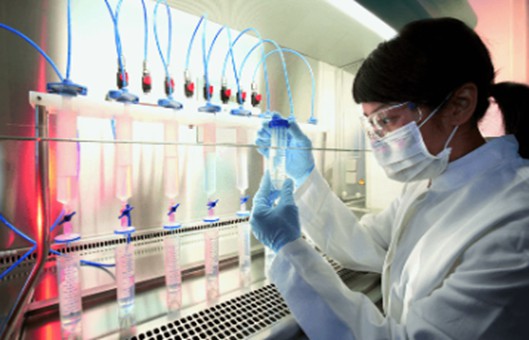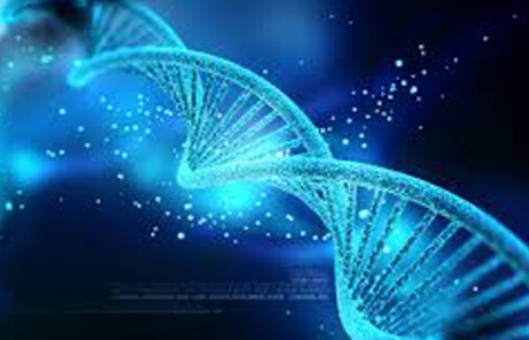Identification Protocol for Diploid Chimerism of mESCs
GUIDELINE
- When ESCs are injected into the host blastocyst cavity, they can integrate with the cells of the host inner cell mass and develop together into individuals, i.e., a chimera. ESCs originating from different animal strains have different genetic characteristics, and observation of these genetic characteristics can determine whether ESCs integrate, differentiate, and develop. Currently, the most common method is the observation of hair color in newborn individuals.
- There are two general ways to introduce ES cells into the embryo, namely the blastocyst lumen injection method and the polymerization method. The blastocyst cavity injection method is the classical method of chimeric animal production. It involves injecting ES cells into the blastocyst cavity by microinjection and culturing until the blastocyst cavity recovers for uterine transfer. There are two main polymerization methods, one is the "sandwich polymerization" method established by Wood et al. The second is the "sandwich polymerization" method established by Khillan et al, in which 8-16 cell embryos with the zona pellucida removed are polymerized on a monolayer of ES cells to produce chimeric animals.
METHODS
- Determine the source of ESCs and select the host mouse strain, Most ESCs are derived from 129 strain mice. 129 mice with wild gray fur should be selected from albino (e.g., BALB/c) and non-wild gray mice (e.g., C57BL/6), there are also ES cells derived from C57BL/6 mice, which should be selected from albino (e.g., BALB/c) and wild gray mice (e.g., 129 mice). The resulting chimeras should be fancy-colored rats, with coats that are white and wild gray or black and eyes with wild gray or black irises.
Creative Bioarray Relevant Recommendations
- Creative Bioarray supplies various options of embryonic stem cells from mice, such as XLC377, XLC349, XLC321, XLC243, XLC290, XLC224, XLC379, etc., to help our customers achieve efficient and accurate cell research. We have evaluated pluripotency through forming embryoid bodies, and you can trust our products.
- On the day of collection of 8-16 cell stage embryos, 20-30 small wells are made on a 6 cm petri dish. M16 droplets are placed on the wells and covered with paraffin oil and then equilibrated in the incubator.
- Firstly, the ES cells prepared for culture are washed 3 times with PBS.
- Add 0.05% trypsin to digest for 30 s and gently blow 2-3 times.
- Centrifuge at 4°C, 800 r/minutes for 5 minutes.
- Discard the supernatant, add ES culture medium and gently blow and then take 200 μL of mixture with a sparger, and select well-shaped ES cell clusters of 5-10, 10-15, 15-20, 20-25 under the microscope respectively.
- The ES cells are placed in the small wells of the pre-cultured perforated culture dishes.
- Next, the prepared embryos of the 8 to 16-cell stage are treated with an acidic Tyroid solution for a short time to remove the zona pellucida.
- Wash with PBS 4 to 5 times. The embryos are placed in a perforated culture dish with ES cell clusters. Each well of the perforated dish contains 1 ES cell cluster and 2 embryonic cells stripped of the zona pellucida.
- The cells are cultured in close contact with each other for 24 hours.
- After 24 hours of culture, embryos that have aggregated and are morphologically sound are selected for in-utero transfer. At the time of transfer, the mice with 2-5 days of pseudopregnancy are anesthetized with sodium barbital.
- Dorsal embryo transfer is performed, 8 to 10 embryos are transferred into each side of the uterus and raised individually after the procedure.
- The birth outcome of the chimeric mice is observed after 17 days.
NOTES
The acquisition of chimeric animals is a decisive step towards the ES cell pathway and can be used to screen for ES cells with germline transmission capability. With the completion of the Mouse Genome Project, more and more chimeric animal models will be prepared through the ES cell-mediated pathway. The polymerization method is simple and easy to perform and is an alternative method for preparing chimeric animals.

